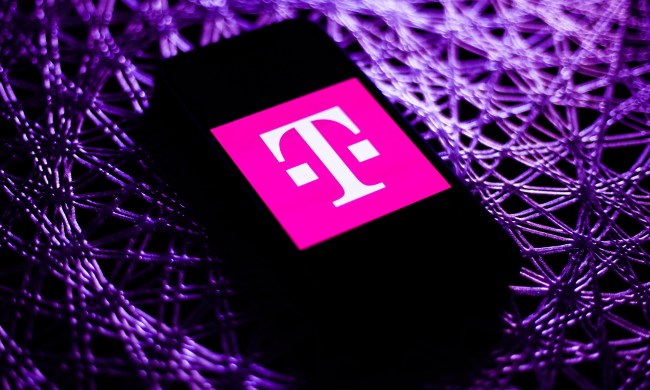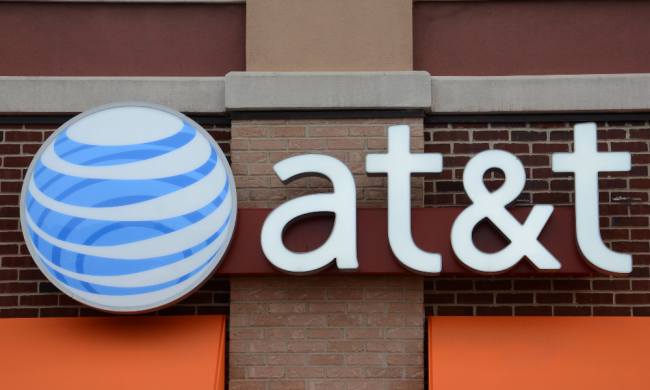In June, T-Mobile announced its plans to merge with Sprint to form the “New T-Mobile.” As part of that merger, the new company will leverage the power of 5G to challenge traditional internet service providers (ISP) such as Comcast and Charter.
In a statement released to the Federal Communications Commission (FCC), T-Mobile’s COO Michael Sievert detailed the company’s plans for providing broadband service. In his report, Sievert noted that 79 percent of American households have one or fewer options for high-speed internet, and that the New T-Mobile could provide a new service for these underserved communities, many of which are rural areas.
If these plans come to fruition, they would pose a major challenge to both Comcast and Charter. The FCC report noted that New T-Mobile would be able to provide service to 52 percent of ZIP codes across the country by 2024. This would let the company operate in 68 percent of Comcast’s territory and 64 percent of Charter’s.
Sievert predicted that over the course of the next six years, the New T-Mobile would become the country’s fourth largest ISP, with 1.9 million customers by 2021 and 9.5 million by 2024. Sievert also noted that the New T-Mobile would be of particular interest to customers located in rural areas due to their limited options.
“Of particular importance, T-Mobile estimates that 20-25 percent of its in-home fixed wireless subscribers will be located in rural areas where there is limited broadband availability,” the company’s statement reads. “Rural consumers should be particularly attracted to New T-Mobile’s broadband offerings given the high prices and limited competition for broadband services in rural areas today.”
The filing statement also gave us a look at how the company would structure its broadband business. Sievert said that the New T-Mobile would seek to emulate the Un-carrier approach it uses in the smartphone business. This would mean that customers wouldn’t have to deal with long contract periods.
In terms of speed, Sievert was confident that the New T-Mobile’s 5G service would offer speeds that would, “match or exceed the offerings of most traditional ISPs.”
He did not give any specifics regarding prices, but said that the company’s service would be more affordable than those offered by traditional broadband providers.


